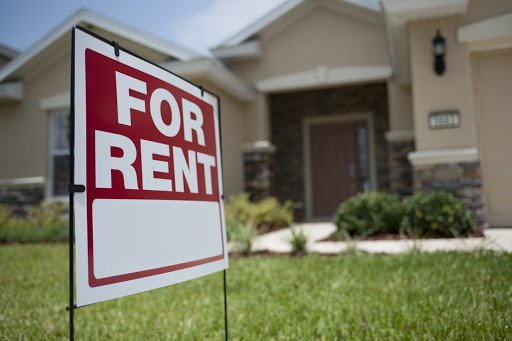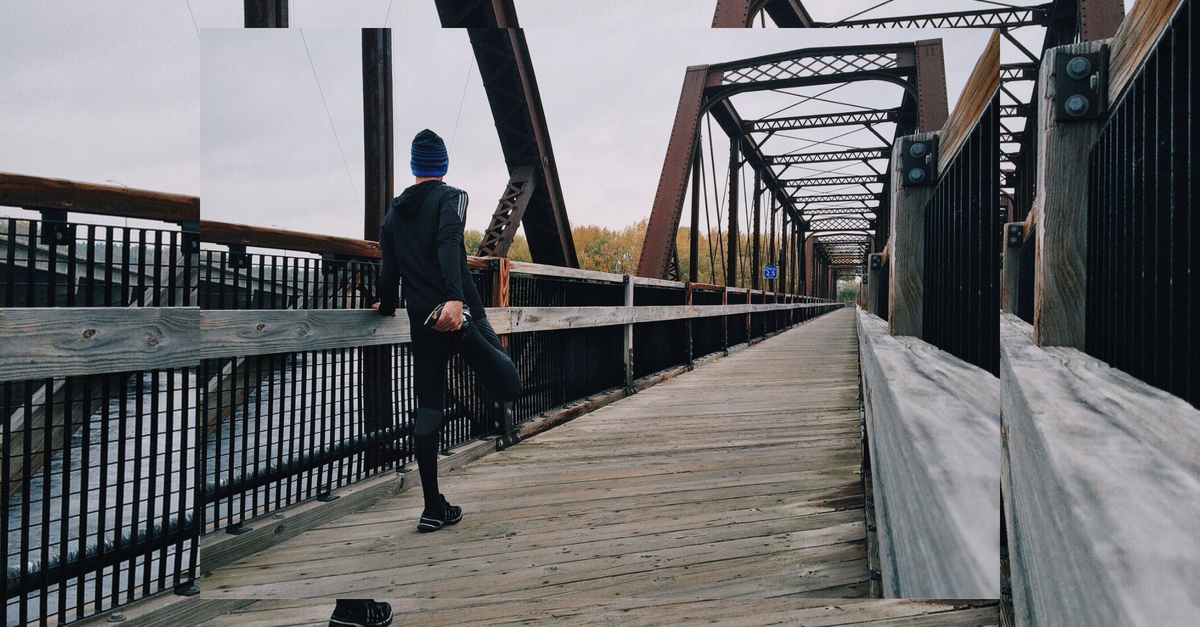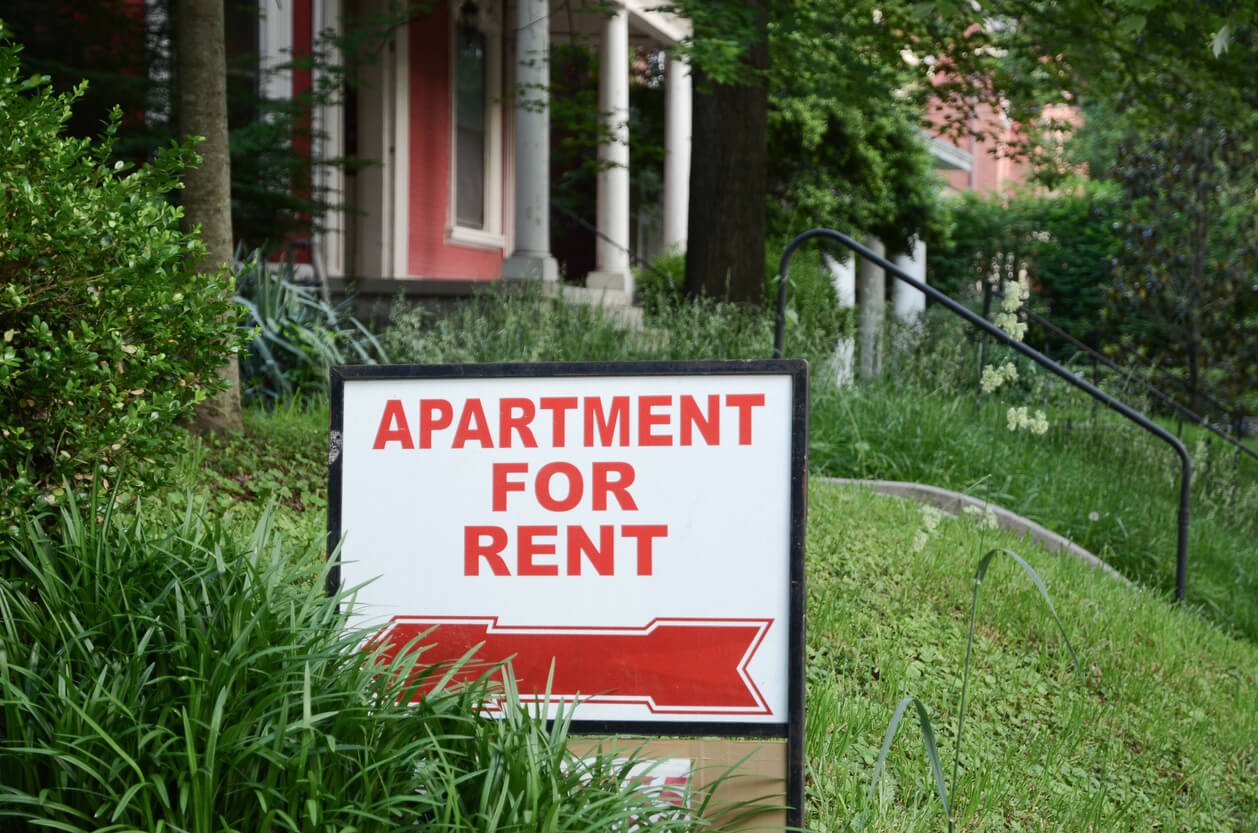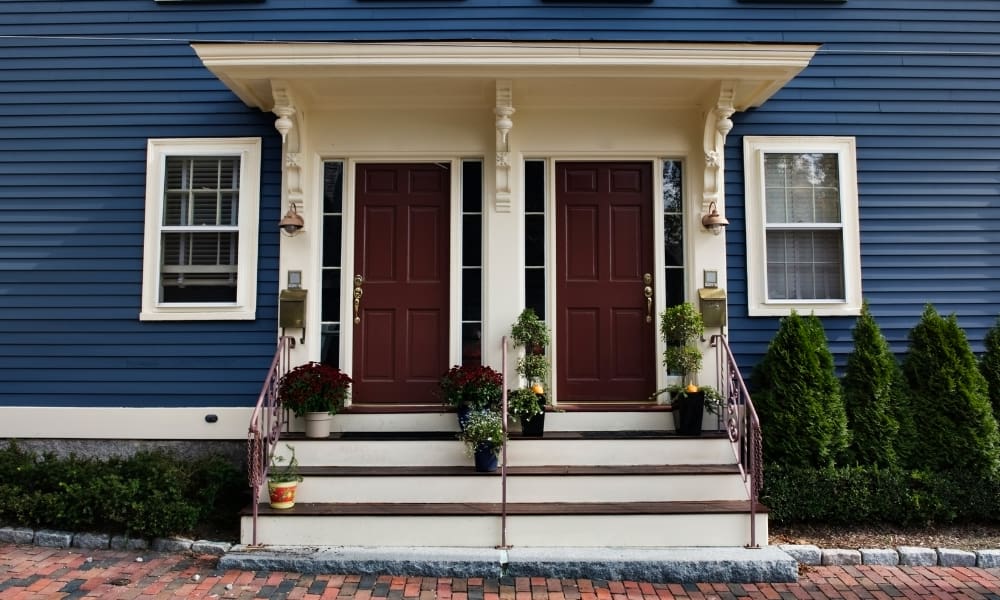The BRRRR method is a solid investment strategy. It’s a great way to build your real estate portfolio—as long as you understand what it is and how to use it to your advantage. It’s ideal for those who want to increase their cash flow with income-producing property, but may not have the cash available to put down payments on multiple properties at the same time.
The BRRRR method acronym stands for:
It’s a method that makes real estate investing accessible to more people.
Following this method allows you to purchase a distressed property with non-traditional financing, fix it up and rent it out, then use cash-out refinancing to invest in another property and do it all again. By creating your own cash flow, you can continue to buy properties and grow your portfolio while you improve your lifestyle with passive income. Here’s how to do it:
1. Buy
The first step is buying a single-family or multifamily unit. An experienced realtor can help you find the type of properties you’re looking for in your price range.
When it comes to putting down the money, you have a few options for financing your investment property:
- Traditional Financing: A standard home loan comes with the advantage of a low interest rate, but you’ll have to come up with a down payment.
- Private Funding: Though this may come with a high interest rate, it can still be a good choice if you’ll have rental income from your investment property, and if the property is likely to appreciate.
- Home Equity Loan: If you own your home and are comfortable borrowing against its value, you may be able to get up to 90% of the value of your primary residence. A slightly different option is the home equity line of credit, where you can borrow money against the limit based on the value of your property. You’re billed monthly, similar to a credit card.
- Cash-Out Refinance: A new mortgage pays off what you owe on your home and gives you the rest in cash, which you can use toward an investment property.
2. Rehab
In an ideal BRRRR method strategy, you purchase your new property below market value for the neighborhood because it needs some work. Then, you renovate it and increase the value of the property.
A basic rehab costs about $40,000, but that can vary a lot depending upon the property. A low-cost project might including painting, fixing a few leaks, and updating the kitchen cabinets. Getting into major kitchen and bathroom renovations with new appliances, countertops, and flooring will start to increase your costs; if you have issues with the roof or foundation, those costs could skyrocket.
Even a few small upgrades and repairs can lead to big returns over time. While you’re rehabbing the inside, don’t forget about curb appeal! Painting the exterior, getting a new door, renovating the porch, or updating the landscaping can improve the marketability of the property.
A smart real estate investor carefully budgets for renovations, considers the long-term value of each upgrade and whether it’s worth it, and knows when it’s better to hire a professional versus tackling the project yourself. Hiring contractors may be more expensive at the moment, but it can lead to less downtime for the home, a more polished finished product, and a lower risk of costly renovation mistakes.

3. Rent
The next challenge: finding the right renter. You can do this yourself, but you can’t afford to take it lightly. Price the home appropriately, advertise it, and carefully screen your applicants while following all tenant screening laws; work with a lawyer to draft a thorough leasing contract. Don’t let your tenants get away with being late on rent: you have to be ready to charge those late fees, no matter what.
You might be better off hiring a professional property management team if you:
- Don’t live near your rental property
- Need help with marketing
- Have more than one rental (which is probably your goal with the BRRRR method)
- Don’t want to be available 24/7 to take calls from your tenants
- Are not comfortable charging late fees or collecting rent if the tenant has an excuse for why the payment is not on time
- Simply don’t want to be a landlord with the duties that role entails
A professional property manager will take care of all the details, from marketing to rent collection to repairs, so you can focus on your next real estate investment.
4. Refinance
You’ll usually take this step about six to 12 months after the property has been rented out; this is called the seasoning period. Meet with your lender shortly after the tenant moves in to get a complete understanding of their refinancing rules and when you’ll be allowed to do it. Otherwise, you might find yourself unexpectedly waiting for months before you can refinance.
The appraiser may assess the home for less than what you think it’s worth, and your cash-out refinance may be about 75% of that appraisal. It’s a good idea to have a back-up plan for additional funds if you don’t get the amount you were expecting—particularly if you’re trying to move on to the next step of the BRRRR method: repeat.
5. Repeat
Unless your first property is your last (that would be the BRRR method—one “r” missing!), you’ll want to repeat this process with another investment property. Call your realtor again and get started!
When you cash-out refinance the loan on your initial investment, you pay off that loan and apply the leftover cash to make the down payment on your next BRRRR property. In the best case scenario, you’ll also have some money left to cover the repair costs, too! You’ll start your next rehab project and set yourself up to build wealth through the BRRRR method.
Learn More About the BRRRR Method
Now that you have a better understanding of this process, reach out to Nomadic Real Estate to learn more about DC property management. That way, you’ll have a plan in place when you get to the “renting” step of the BRRRR method. We’ve helped thousands of landlords achieve a higher ROI while decreasing their stress and workload. Contact us today to discuss your residential real estate property management needs.



































